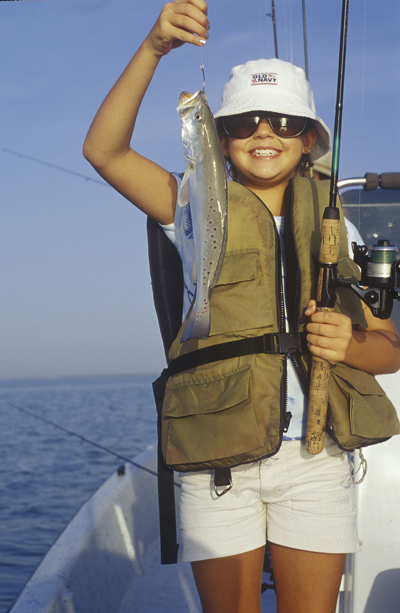by John Jefferson
Everyone knows about the Big Chill that beset Texas in mid- February. But not everybody understands the severity of fish loss on the coast. Most bay fish cannot survive the frigid temperatures Texas endured. And dead fish can’t talk.
Numbers compiled by the Texas Parks and Wildlife Department’s Coastal Fisheries staff estimate 3.8 million fish were impacted coastwide, consisting of at least 61 species. Important game species accounted for 9% of the total estimated fish kill, including Spotted Seatrout, Black Drum, Sheepshead, Sand Seatrout, Red Drum, Gray Snapper, and Red Snapper. The other 91% involved forage species upon which game fish feed. According to TPWD, “Based on past freezing weather that killed a multitude of fish on the coast, this one ranks as deadly as any.”
Chuck Naiser, a fishing guide and president of the conservation group FlatsWorthy headquartered in Rockport, summed up the devastating effects of the prolonged freeze: “Our resource has suffered a huge loss, from Galveston Bay to the Lower Laguna Madre.”
FlatsWorthy is a diverse community of coastal anglers and boaters promoting respect for other Texas bay users, respect for the resource, and respect for the law with the goal of improving the health and productivity of Texas bays now and for the future. FlatsWorthy was recently featured in the Texas Wildlife magazine article “Coastal Conscience”.
Many young fishermen are unaware how long it takes a fish population to recover from a blow like the recent one.
The rule of holes says when you find yourself in one, quit digging. In this case, the “hole” we’re in is the void of gamefish and baitfish created by the subfreezing weather. Texas has lost generations of fish. To cease digging into what’s left of the breeding populations redefines the term, “No Brainer!.
Chuck Nash, former Texas Parks and Wildlife Commission Chairman and FlatsWorthy advisory committee member, suggested “catch and release” as a way to do that and stop the bleeding. “That’s a small sacrifice — a bump in the watery road for anglers compared to an indefinitely long recovery period of meagre stringers due to fewer fish in the bays,” said Nash.
TPWD Executive Director Carter Smith said, “While some areas of the coast and some species of fish were clearly impacted more than others, overall, this is the worst freeze-related coastal fish kill we have experienced since the 1980s.
“There are some important lessons from those historical events that we can draw upon as we work to accelerate the recovery of our fish stocks, particularly speckled trout along the mid and lower coast,” Smith added. “The most obvious, and immediate one for speckled trout is conservation, a practice where every Texas coastal angler can make a contribution, right now.
“Practicing catch and release and/or keeping fewer fish to take home in areas like the Laguna Madre will give us that many more fish to rebuild from as we augment populations through our hatchery efforts, and we carefully evaluate what regulation changes may be needed to foster a quicker recovery for our bays.”
It’s up to us. ALL of us.
JJ




